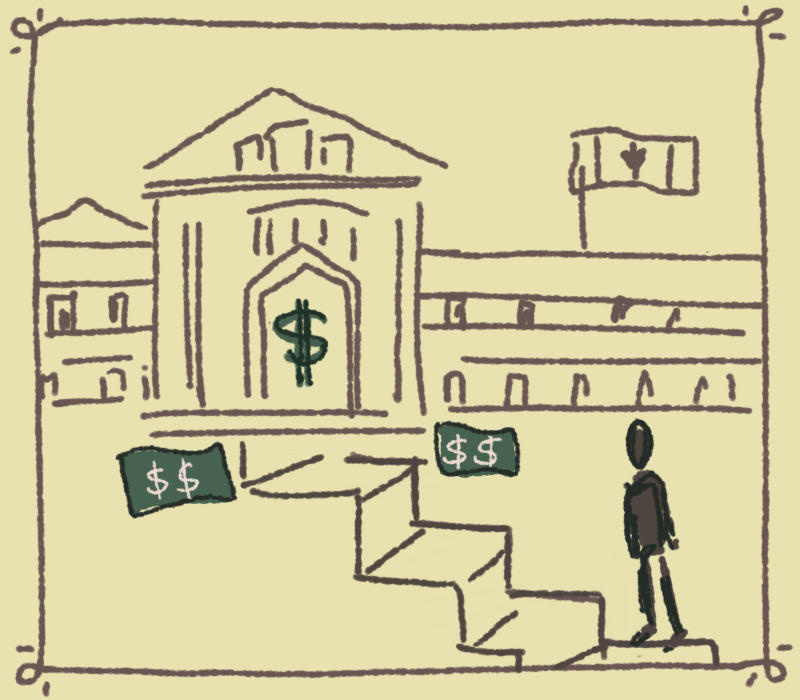
If you are a student at USask, chances are you have come across a sessional lecturer – it’s estimated they teach over half of the undergraduate courses in Canada. Upon your first impression, it may seem that other than not being tenured and maybe a different label written on your class syllabus, their quality of teaching and workload seems to be completely identical to full-time faculty at USask.
Yet, in terms of their pay and job security, sessionals lag far behind in comparison to faculty, where they are often overworked and underpaid – lacking the appreciation that they deserve for brightening up campus with their talent and knowledge.
According to the USask’s website, the salary range of sessionals go from a basic stipend of $6,449.53 to a maximum of $7,129.43. This means if they take a full course load to teach four classes per year – as most professors do – their salary will only be around $28,000. On the flip side, a 2014 CBC article stated that tenured professors will earn from $80,000 to $150,000 for the same workload.
This sessional salary is far from being liveable, provided that instructors have family to take care of and other financial commitments other than oneself. So to lessen the burden, they could either take on more classes, resulting in exorbitant working hours, or work another job, often being paid minimum wage. If this sounds ludicrous to you, seeing as most of these people are highly skilled professionals with multiple degrees, then you’ve got it exactly right.
On top of that, sessional instructors face massive hurdles for job security. Many of them, despite teaching for decades, need to reapply for their jobs after the end of each term, with no guarantee of being hired again. In times of crisis, like the COVID-19 pandemic, they are one of the first university employees to get laid off.
Lastly, there’s the issue of discrepancies in benefits between faculty and sessionals. While tenured faculty are able to enjoy lavish pensions, sabbaticals and covered travel costs for academic and research purposes, sessionals get none of that.
However, the work sessionals do is indispensable for universities. In times of larger and increasing enrollments (USask increased from 20,726 students in the fall term of 2013 to 25,965 students in fall term of 2020), it is becoming unaffordable for universities to hire full time faculty. As a result, sessionals are increasingly being scouted, and their jobs have increased with the rates of enrollment in Canadian universities.
Although it seems that students like you and me will remain unaffected by the precarious working conditions of our instructors (aside from some guilt for not making things easier on them), the reality couldn’t be further from the truth. Overworked workers – regardless of field – will see a deterioration in job productivity and quality. Lack of job security creates higher turnover rates, leading to a lack of preexisting institutional knowledge needed to successfully teach academic courses.
Therefore, as students, it’s key that we support efforts to increase the pay of our instructors. This isn’t just to satisfy our moral intuitions, but will lead to an increase in the quality of education we pay for.